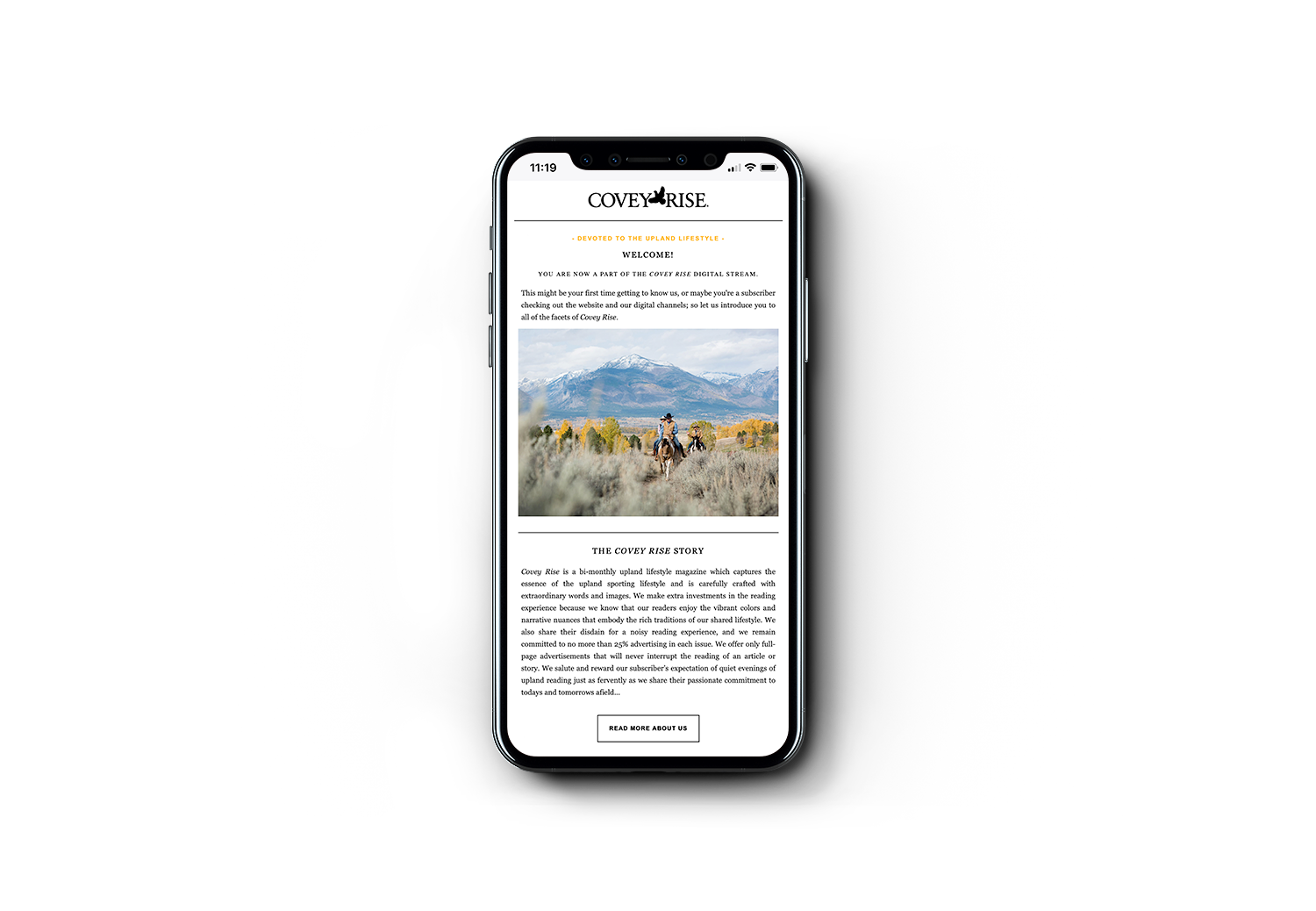Deuce is big and brawny, with a coat so white it’s inaccurate to refer to him as a yellow Lab—he’s positively ghostly. When he’s hunting, not only is Deuce’s tail in constant motion, birdy; he also truly seems to have a smile on his face the whole time. We were after pheasants in a hilly region of Nebraska, working birds down a gully below a steep plowed field. German shorthair Gracie locked on point by the brushy fence line defining the hill’s slope. Deuce kept close to his owner Trent Leichleiter, awaiting the signal to flush.
Deuce has the complete Lab package: outstanding nose, athleticism, drive to retrieve, marking skills, and desire to please— which go a long way toward explaining why a Lab makes such a wonderful hunting companion. As Lab breeder Rod Mack says, “For overall balance in an animal, the Lab is hard to beat.”




